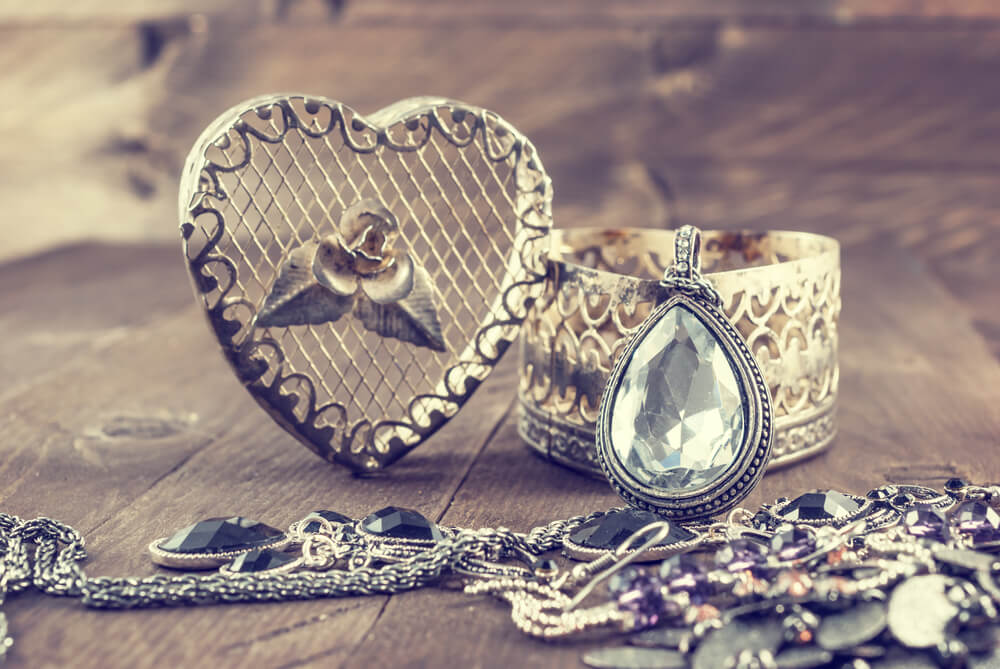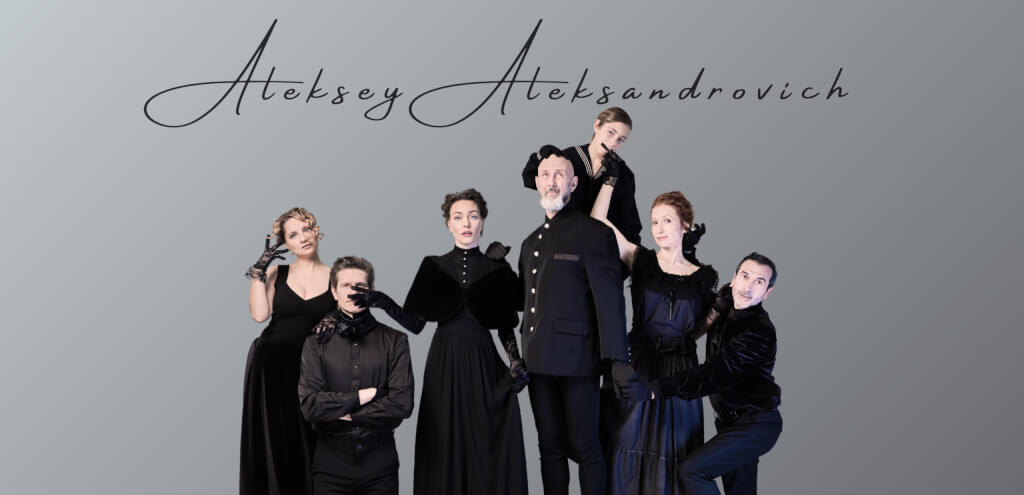How the daughter of immigrants from Russia conquered the US elite with her jewelry
'14.04.2021'
Olga Derkach
The costumes and jewelry of the wife of the 44th President of the United States, Michelle Obama, have always been the subject of discussion and controversy, but vintage earrings from Miriam Haskell were once recognized as the perfect choice. And Miriam Haskell herself once became a guiding star for many women in jewelry design and destroyed the opinion that only men can create jewelry. The unusual story of this woman was told by the publication Kulturologia.

Miriam Haskell was a jewelry designer, but not a simple one. Each edition was of the highest quality, and it could be safely called a work of art. In the 1920s, Haskell pioneered the introduction of stylish "costume jewelry" from non-precious materials.
She was born in 1899 to a Jewish family who immigrated to the United States from Russia. Miriam's parents owned a small dry goods store and were able to provide their daughter with studies at the University of Chicago.
At the age of 25, Miriam moved to New York. She had only $ 500 in her pocket and exceptional talent. A couple of years later, she managed to open her own business - the production and the boutique were located in the building of the old McAlpin Hotel. In the same year, a jeweler named Frank Hess became her creative and business partner.
There are conflicting views among collectors and fashion historians about Hess's role in Miriam Haskell's venture. On the one hand, his participation in the development of jewelry contributed to the formation of a more sophisticated, refined style - Haskell herself, apparently, preferred things that were rather catchy and extravagant.
His valuable advice and recommendations allowed the Miriam Haskell brand to stand practically on the same level with real jewelry houses, to conquer the hearts of not only actresses known for their love of jewelry, but also representatives of the aristocracy.
On the subject: Ten places in New York with Russian history
But there is another side, the joint work of Hess and Haskell, coupled with the lack of markings on their early jewelry, causes many problems with attribution of works and attribution of authorship. In addition, even the creators themselves often argued about who was the author of this or that jewelry. Be that as it may, it was Hess who kept the company afloat for many years after the sudden end of Miriam's career.
Miriam's business not only survived the Great Depression, but also managed to flourish during these difficult years. It was the Miriam Haskell brand that became one of the leading brands in the American fashion industry in those years, and it was she who took the lead in the jewelry market of the 1930s.
Not the least role in this belongs to the courage of the creator. She was never afraid to use something new. She pioneered the use of plastic in jewelry. While jewelry houses cut production, went bankrupt and closed, new Miriam Haskell boutiques appeared in the most prestigious areas of the United States - and then necklaces with grape leaves and brooches with Murano glass began their triumphant march across Europe.
Among the fans of her work were Joan Crawford, Gloria Vanderbilt, the Duchess of Windsor and others.
Also, Haskell was very careful and scrupulous about the production of her jewelry. All of them were created only with quality materials and exclusively by hand. Together with Hess, she traveled the world in search of the most perfect imitation pearls (she chose Japanese), the purest imitation diamonds and rhinestones (Austrian).
And of course, her jewelry could not do without Swarovski crystals. Her jewelry was complex, multi-colored and voluminous. Rows of beads, berries and fruits, flowers and leaves, Sumerian and Egyptian motifs, dark gilding and refined shades of crystals.
Miriam was very kind and helpful. She was involved in charity work and volunteering. During the Second World War, she generously donated funds for the needs of the front. In addition, at this time, the brand stopped producing jewelry made of metal, as the metal was spent on military needs. During the war, Miriam Haskell suddenly made a breakthrough by using wood and plastic in jewelry, and, unlike many of their competitors, stayed afloat.
However, it was the Second World War that caused Miriam Haskell to leave the fashionable Olympus.
On the subject: 30 movies, after watching which you will definitely fall in love with New York
Her health was not very strong, but she always closely followed him. After the war, her strict approach to nutrition and regime became almost fanatical. But this only postponed the sad ending - which dragged on for thirty years. In 1950, realizing that her mental and physical condition was poor, Haskell left the company.
For some time she lived with her mother, but every year Miriam's signs of dementia progressed. Later she lived with her nephew and in a nursing home in Cincinnati, where she died at the age of eighty-two.
Back in the late 1970s, the Haskell family began sorting through archives and discovered a huge number of gorgeous hand-drawn advertising posters and sketches that had not previously been presented to the general public. All originals and reprints of Miriam Haskell's posters were sold at auctions - the funds allowed the family to pay for Miriam's nursing care at the nursing home. Now these graphic works are collectible and are hunted by fans of vintage graphics.
“It was a man's world. Only men were designers. The owners of the companies were men. The staff were men. The sellers were men. All were men ”- this is how fashion historians describe the jewelry market of those years. And Miriam Haskell was among those who paved the way for women in the fashion industry along with Coco Chanel.
The brand exists to this day, but vintage jewelry is very much appreciated - brooches with clusters of pearls, gilded petals, as if alive, rows of corals and scattering of shining crystals on the surface of maple leaves. Presidents' wives and Hollywood stars still choose Miriam Haskell, as they did in the 1930s.







